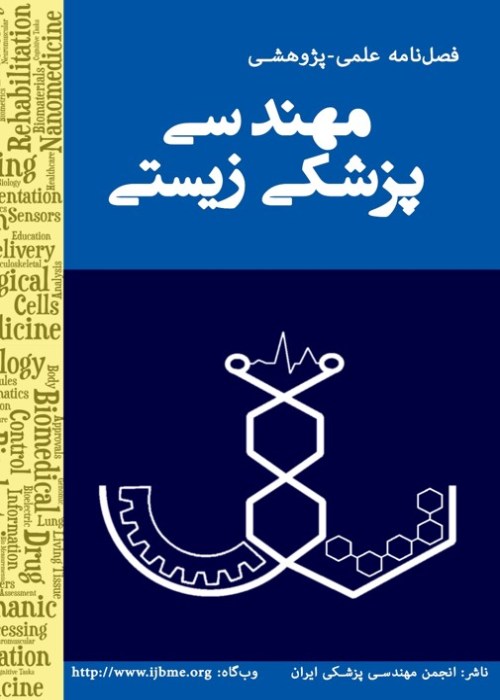A Numerical Modeling of Vascularized Microfluidic Scaffold with Artificial Lymphatic Drainage System
It is possible to replace or repair damaged tissue with regenerative medicine. Most tissues in the body rely on blood vessels to supply oxygen and nutrients to individual cells. New blood vessels are essential to grow tissue longer than 100-200μm due to limited oxygen delivery; This restriction also applies to engineered tissues. Therefore, one of the prerequisites for tissue survival and growth is the presence of vasculature. One way to overcome this limitation is to use microfluidic channels that are created by planting a layer of endothelial cells on the channel wall and applying in vitro flow. In this study, the channels were placed inside a type 1 collagen scaffold with 81% porosity, and a drainage channel was considered for the scaffold with lymphatic function. The geometry of the perfusion channel was based on Murray’s law. The effect of parameters such as drainage channel radius, perfusion channel pressure difference, scaffold hydraulic conductivity, and vascular hydraulic conductivity on transmural pressure and shear stress was investigated. The effect of the bifurcation angle on shear stress was also studied. The finite element method was used to solve the problem. In the simulation on a vessel with a diameter of 100 μm, the maximum interstitial velocity was 50E-9 m/s, the maximum interstitial pressure was 1.34E3 Pa, and the minimum transmural pressure was 1.49E3 Pa. The average shear stress on the vessel walls was 10 dyn/cm2. It was noted that reducing the pressure at the drainage channel outlet, the internal insulation of the scaffold from the pressure difference within the perfusion channel, reducing the vascular hydraulic conductivity, increasing the scaffold hydraulic conductivity, and increasing the radius of the drainage channel will create and maintain positive transmural pressure. The results of this study can be used in creating implantable tissue consisting of vascular network and drainage.
- حق عضویت دریافتی صرف حمایت از نشریات عضو و نگهداری، تکمیل و توسعه مگیران میشود.
- پرداخت حق اشتراک و دانلود مقالات اجازه بازنشر آن در سایر رسانههای چاپی و دیجیتال را به کاربر نمیدهد.


